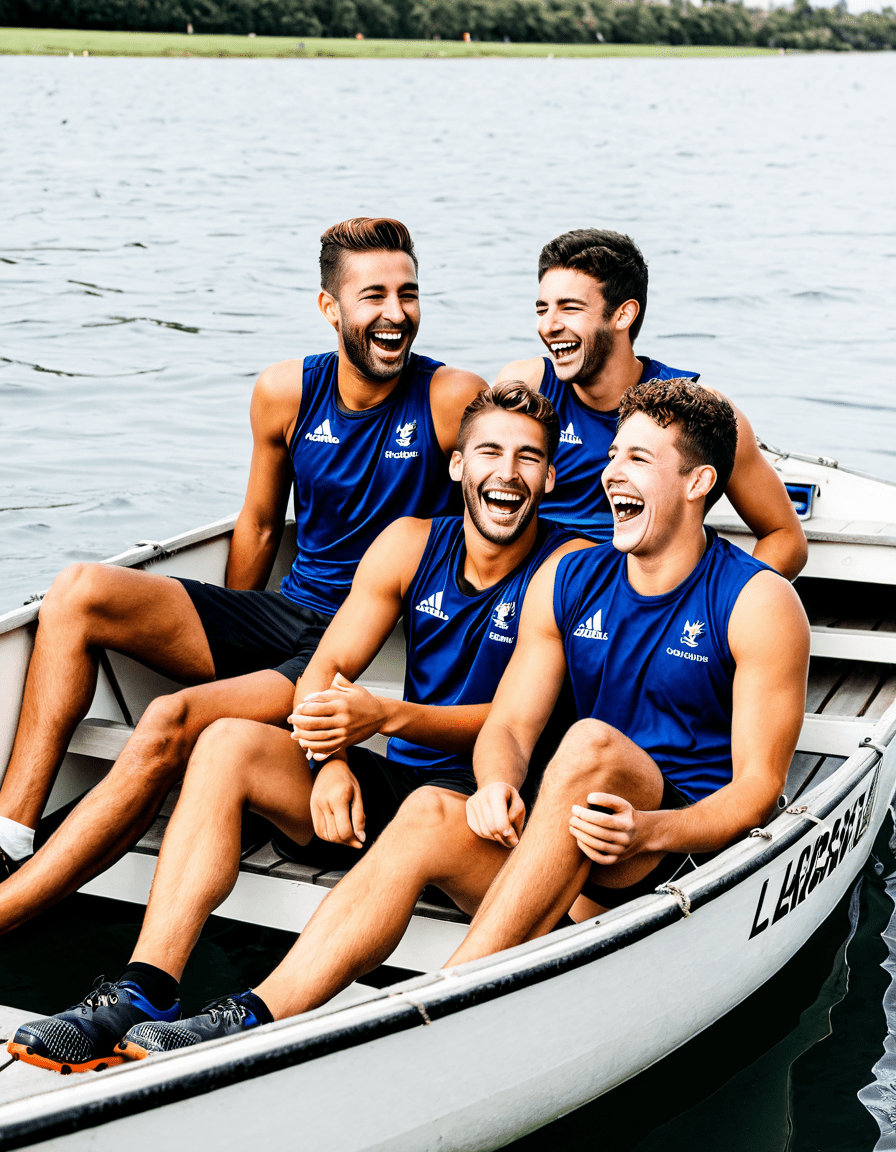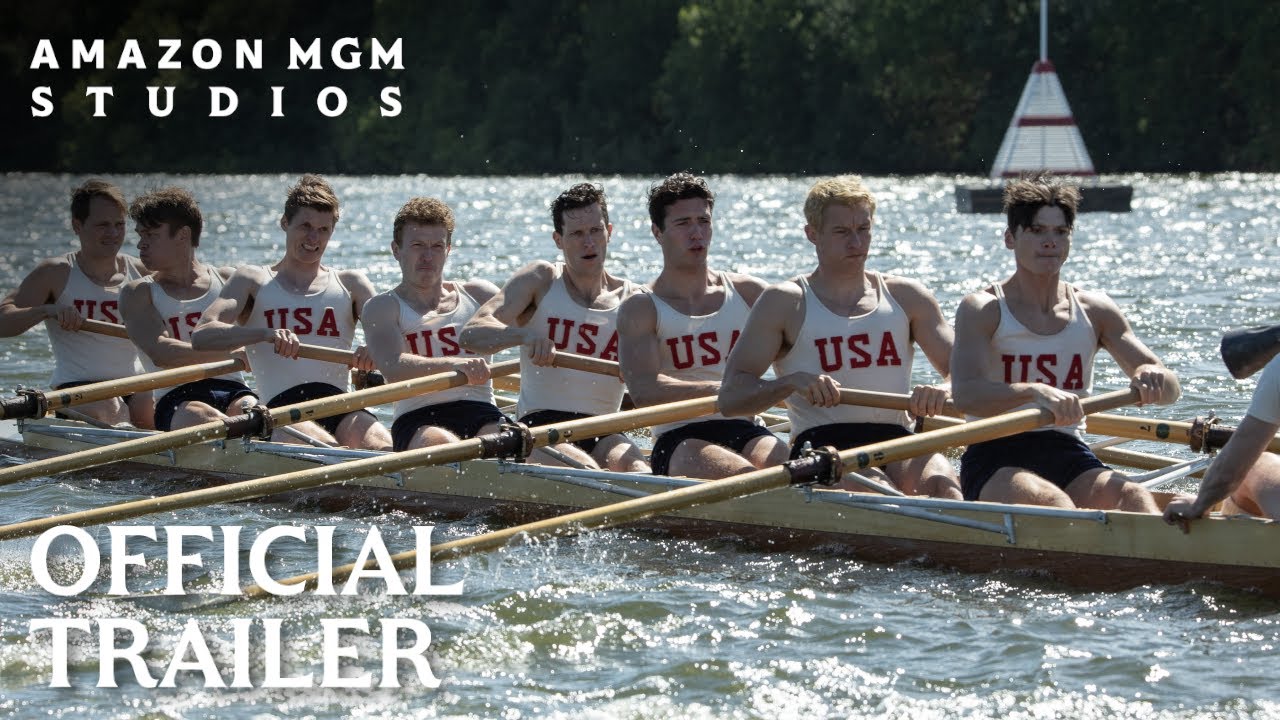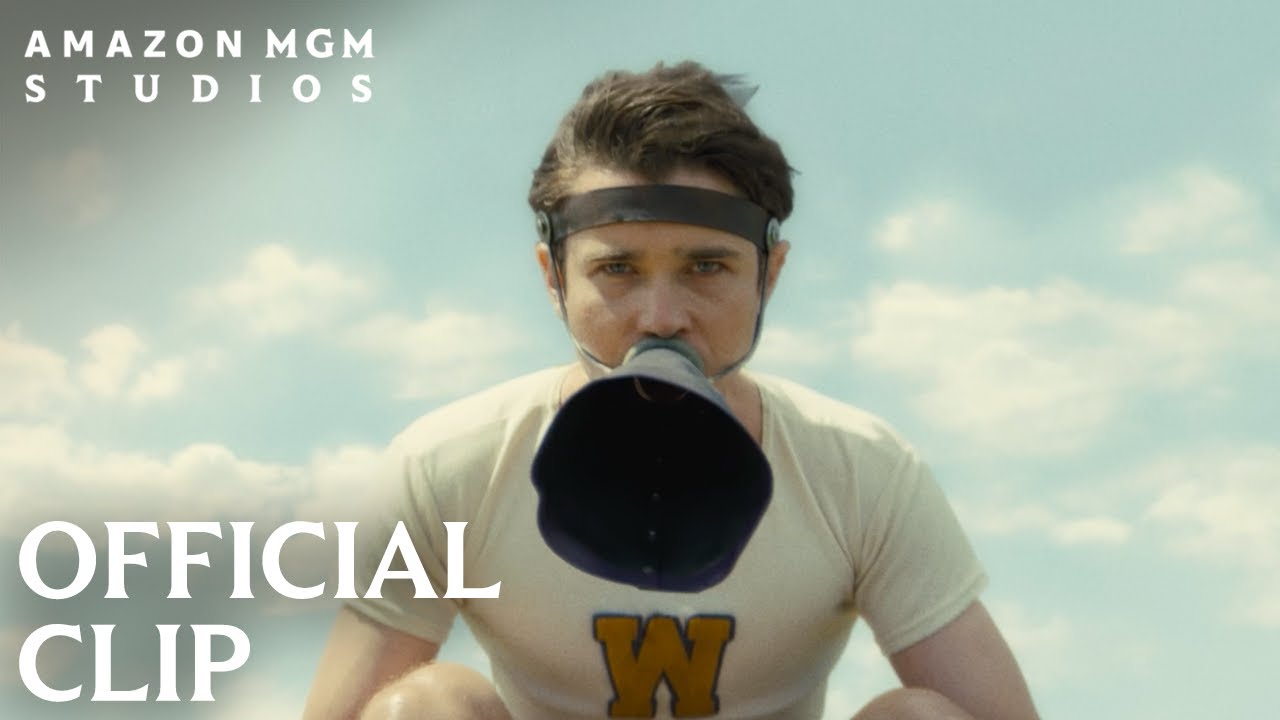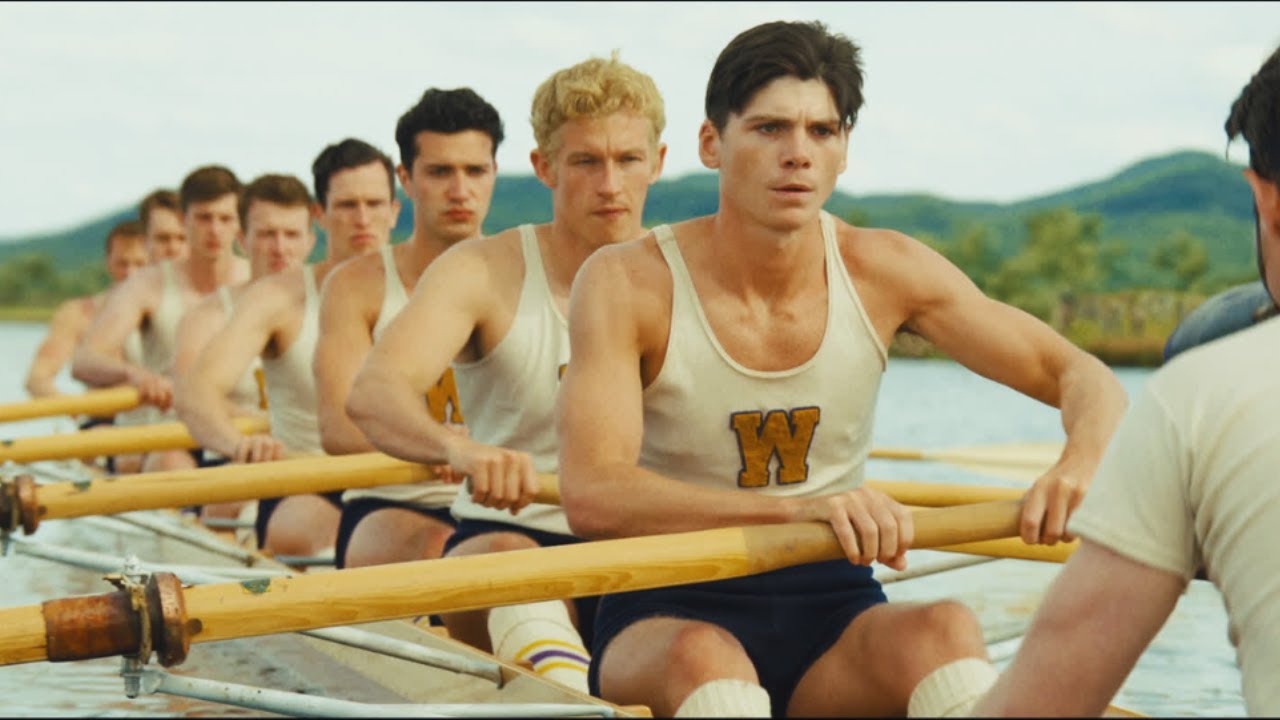The Boys in the Boat: A Resilient Legacy in Sports History
The journey of the boys in the boat is an inspiring saga etched in the annals of sports history. In a time of great strife during the Great Depression, a group of young men from the University of Washington rowed their way to fame, winning gold at the controversial 1936 Berlin Olympics. Daniel James Brown’s best-seller, “The Boys in the Boat,” vividly captures their story, reflecting boundless perseverance, unity, and fierce determination. Much like the arduous tales of Lisbeth Salander in The Girl with the Dragon Tattoo or the innocence shattered in The Boy in the Striped Pajamas, their narrative resonates today with themes of hope and resilience against insurmountable odds.
The members of this rowing team faced not just physical challenges but deep social upheaval. From Joe Rantz, who learned to fend for himself after a tough upbringing, to his teammates, each had their own battles to fight. Together, they tore down barriers in a sport governed by class and privilege, offering an extraordinary testament to determination. As we peel back the layers of their remarkable journey, we uncover parallels to many cult classics and blockbuster hits that film enthusiasts adore.
In today’s cinematic landscape, the legacy of the boys in the boat is both timeless and transcendental. Writers and filmmakers alike often draw from historical tales of triumph and adversity to inspire new narratives. As we explore this saga further, let’s dive into the invaluable lessons woven into their story, lessons that echo through various movie genres and resonate with audiences everywhere.

7 Lessons from the Boys in the Boat That Echo Through Cinema
The Role of History in Shaping the Narrative of the Boys in the Boat
Setting the stage during the 1936 Berlin Olympics, the atmosphere was electric yet fraught with tension. Hitler’s regime aimed to showcase a perfect Aryan ideal, but the triumph of these American rowers shone through the propaganda. Their victory wasn’t simply a sports achievement; it became a symbol of hope. At a time when the world was heading toward conflict, their gold medal served as a reminder that spirit and unity could triumph over divisiveness.
The emotional stakes for the athletes were high. As spectators around the globe tuned in, they were captivated not just by the sport but by the underlying complexities of social and political issues. The narrative around the boys in the boat is more than a backstory; it’s a comment on the times—a reflection of courage rising like a phoenix from the ashes of despair. As history unfolded, these young men became accidental ambassadors, wearing their values on their sleeves.
Equally important is the role their win played in shaping American sports culture. It transformed perceptions of teamwork and individual effort, shifting the focus from sheer athletic prowess to the heart and soul displayed through adversity. This remarkable blend of history and personal story continues to resonate in cinema, where historical contexts often ground the narratives that unfold on screen.

A Closer Look: The Psychosocial Impact of Rowing Competitions
Rowing isn’t just about physical strength; it’s a powerful testament to mental discipline and emotional endurance. As a sport, it encapsulates the essence of teamwork while demanding razor-sharp focus. Sports psychologists assert that such competitions instill communal bonds and feelings of belonging—a sentiment mirrored in films where characters navigate their own quests for connection.
The camaraderie among rowers fosters trust, like the relationships portrayed in The Boy and the Heron, where mentorship plays a crucial role. When straining against water’s resistance, each oarsman contributes to a unified effort, paralleling the collective struggles of protagonists in various cinematic narratives. Through this exploration, the boys in the boat embody the quintessential human spirit: when they row together, they fight isolation and doubt.
In overlaying psychology with performance, we begin to perceive these young athletes not just as competitors but as storytellers crafting a saga of resilience and fortitude. Their triumph manifests the powerful synergy of personal struggle and communal resolve, often echoed in films that tug at our heartstrings and ignite our own desires for collaboration.
The Boys in the Boat and Its Cinematic Adaptation: From Page to Screen
As we look to the future, anticipation for the film adaptation of The Boys in the Boat looms large, set to stream in 2026. The challenge lies in capturing the essence of such an intricate narrative. The filmmakers must strike a delicate balance between honoring the historical intricacies and creating an engaging cinematic experience that appeals to a contemporary audience.
Casting choices will be pivotal. The actors must embody not just the physical attributes but the emotional weight carried by these young men. With directors often keen on eliciting subtle performances, there’s hope that the portrayal will resonate with viewers, much like the heartfelt connection found in films produced by studios like Impetigo Pictures. These choices are crucial to ensuring the challenges of adaptation do not dilute the inspiring themes at the core.
Moreover, the visual representation of rowing as a sport offers unique storytelling possibilities. Striking cinematography and robust sound design could amplify the intensity of races, echoing the high-stakes tension seen in films like The Fall guy. Moments where boat and water collide can become metaphors for struggle, triumph, and the indomitable spirit of the boys in the boat.
Modern-Day Reflections: How the Boys’ Legacy Continues to Inform Today’s Athletes
Today, the principles of teamwork and grit illustrated by the boys in the boat continue to resonate in modern athletics. Across college leagues and professional circuits, their narrative inspires athletes striving for greatness. Like Rantz and his crew, these individuals embody the spirit of striving against odds, fostering a culture that values unity and dedication.
Some modern athletes reflect on how they draw strength from historical figures. For instance, Olympic rowers often cite the inspirational stories of their predecessors, emphasizing how those challenges propel them forward in fierce competition. As they train relentlessly, visions of past successes linger in their minds, urging them on.
With the lessons learned from the the boys in the boat, today’s sports culture often emphasizes hard work as a vital key to success. This enduring legacy encourages individuals to band together, emphasizing that a cohesive team can push the limits of personal ability, igniting a fire that continues to inspire countless stories, both in sport and film.
In conclusion, the saga of the boys in the boat serves not merely as a historical record but as a vibrant tapestry woven through the collective human experience. Through their commitment, they remind us all that music, artistry, and storytelling—just like rowing—require hard work, dedication, and hearts united for one common goal. So the next time you settle in to watch a cinematic classic or a gripping biopic, remember the young men who dared to row against the tide. After all, their story is a celebration of what happens when we dare to dream and work together.
The Boys in the Boat: Triumph Against All Odds
The Origins of Perseverance
Did you know that the remarkable story of the boys in the boat is steeped in the determination and grit of the 1930s? This group of rowers from the University of Washington faced insurmountable odds, including the Great Depression, yet they pushed through adversity. Their tale can be likened to that of everyday heroes, much like some of the legends we discuss today, such as Oprah and her relentless pursuit of success. Just like the iconic talk show host, these athletes showed that pursuing your dreams pays off, no matter the obstacles.
Speaking of resilience, consider how the boys trained tirelessly on the water and off. Their workouts, often supplemented with innovative gear, remind us of the modern athletic tools we have today—like those provided by Technogym, which support athletes in their fitness pursuits. Each practice was an opportunity for them to grow and adapt, similar to how artists evolve their craft to connect deeply with their audience, much like Fapellis storytelling in cinema.
Rowing to Glory
As the team prepared for international competition, they honed their speed and synchronization, vital components in the sport. What’s fascinating is how the boys had their own unique personalities, much like a diverse mix of friends who bring different strengths to the table. Just as you might wonder, How old Is Eminem? when you think of pop culture, these young men were also shaping their legacy under the watchful eyes of their coaches and communities. Their victories were not just personal; they united a nation that was desperately seeking hope and inspiration during tough times.
It’s hard not to admire how each stroke in the boys in the boat propelled them closer to their dreams, even leading them to the grand stage of the Olympics. As Ruth Lee has said, perseverance in the face of trials is often what leads to triumph. The unity in their teamwork and the unimaginable odds they overcame is a testament to what can be accomplished when we set our sights high. So, next time you munch on a meal from Jack in Box after a long day, remember these boys whose spirit is echoed in every act of determination we see today! They’re a reminder that true grit means rowing on despite the current.








